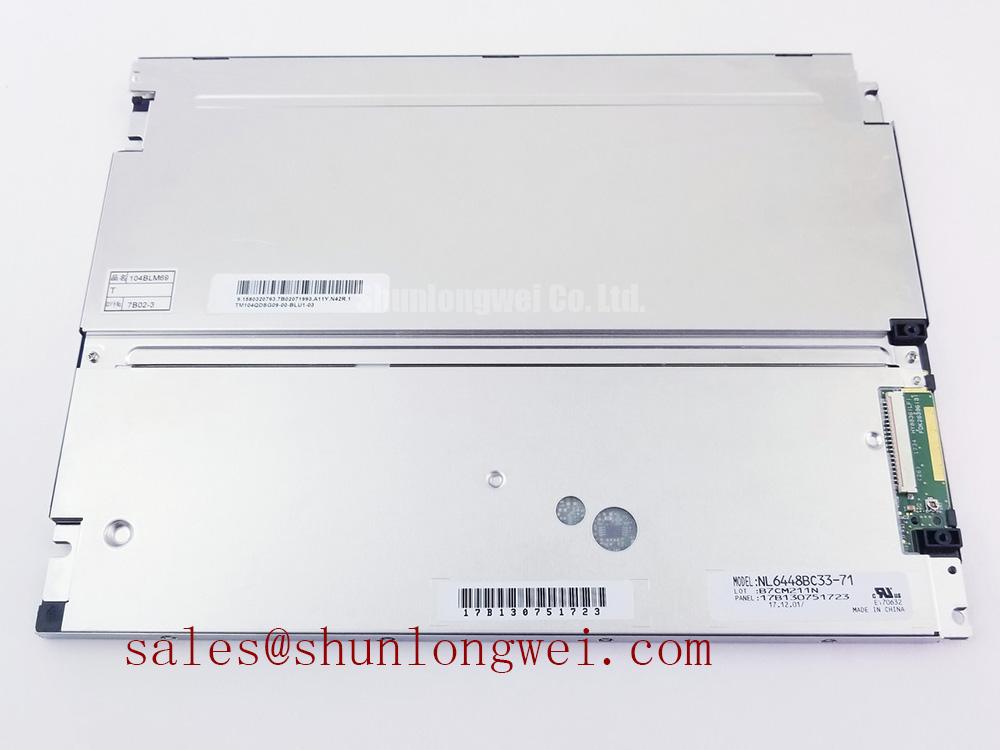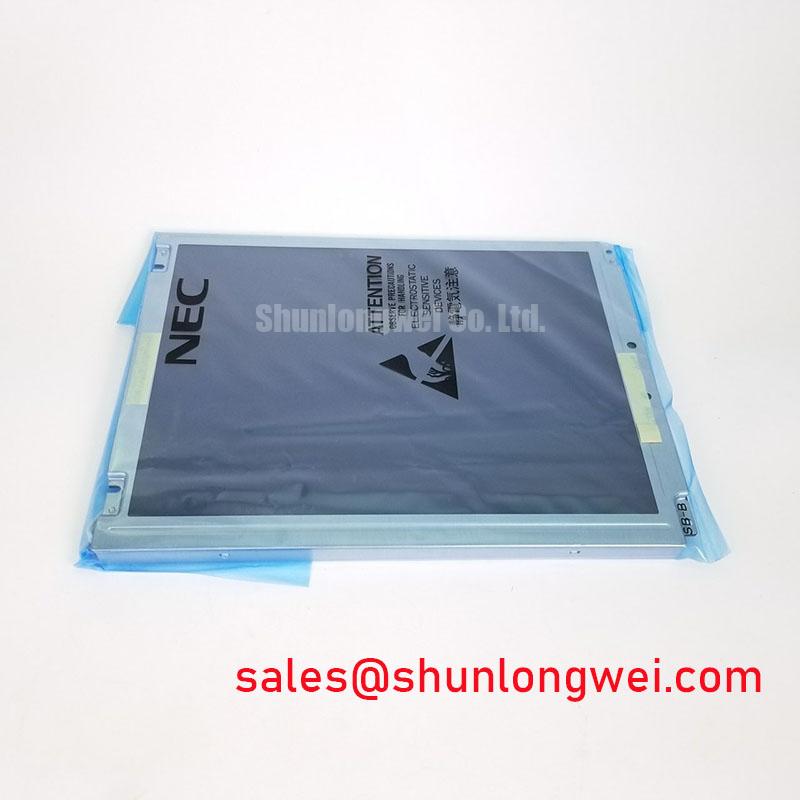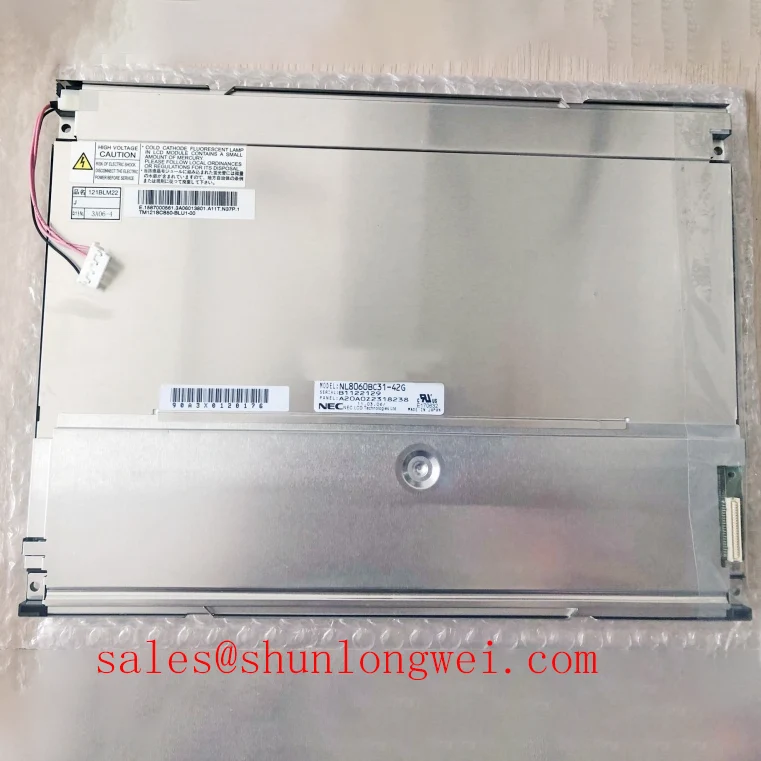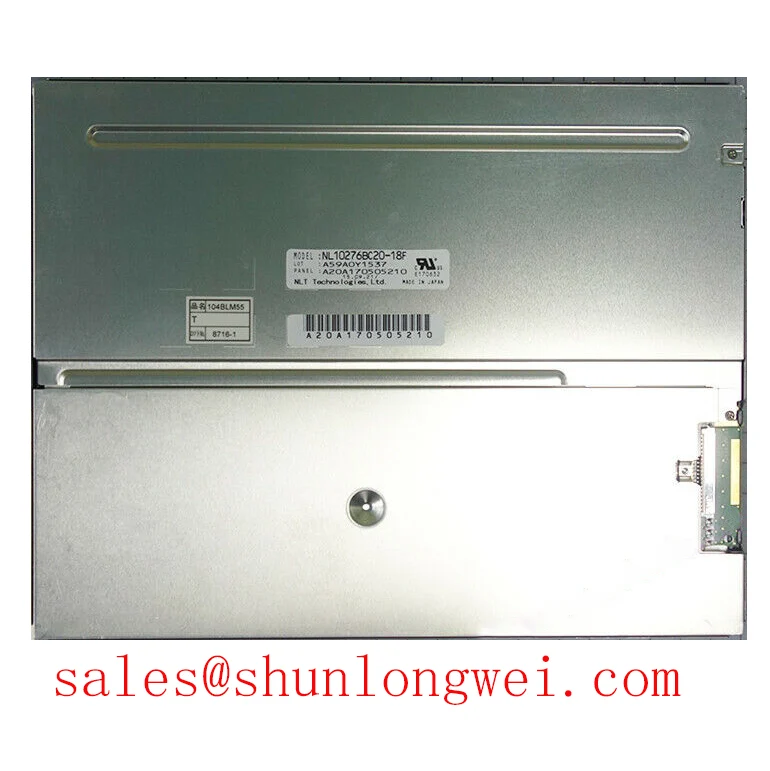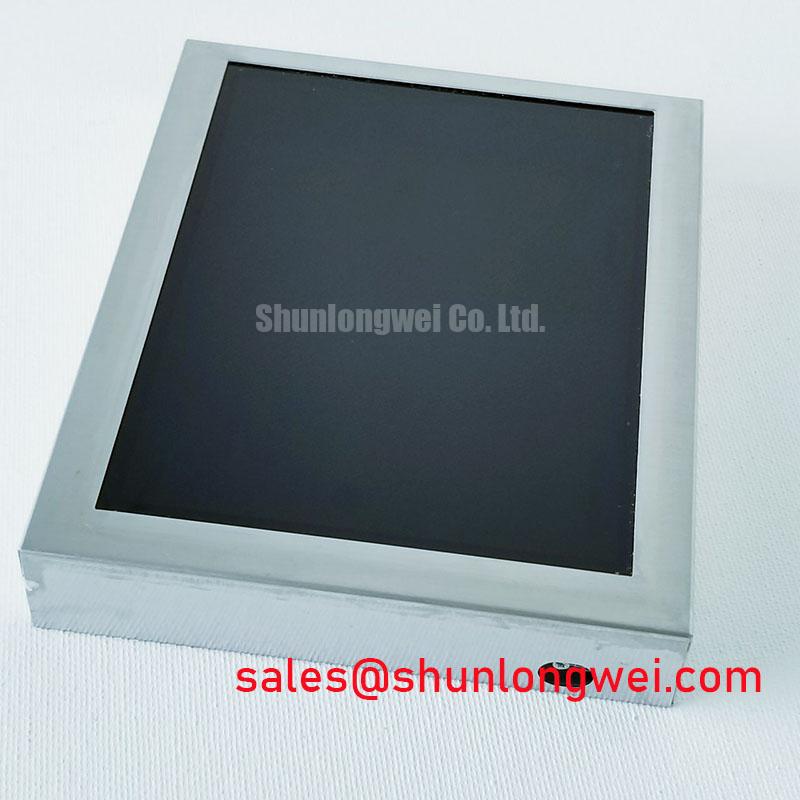NL6448BC33-71C: A 10.4-inch VGA Display Engineered for Extreme Temperatures and System Longevity
Product Overview: Resilience by Design
The NL6448BC33-71C is a 10.4-inch VGA TFT-LCD module engineered for exceptional operational reliability in extreme thermal environments and long-lifecycle industrial applications. It delivers proven performance with key specifications of 640x480 resolution, a 400 cd/m² brightness, and an industry-leading -30°C to +80°C operating temperature range. This module provides two core engineering benefits: unparalleled environmental resilience and a significantly reduced total cost of ownership. The NL6448BC33-71C directly addresses the critical need for a display that maintains performance integrity from freezing warehouses to sun-exposed enclosures. For industrial systems demanding consistent VGA visualization in thermally challenging conditions, this display module is the definitive choice.
Application Scenarios & Value
System-Level Benefits in Demanding Industrial Environments
The true value of the NL6448BC33-71C is realized in applications where environmental conditions are a primary design constraint. Consider a Human Machine Interface (HMI) controlling a packaging line in a food processing facility that includes both refrigerated and heated zones. Standard displays can fail, showing sluggish response times in the cold or backlight degradation in the heat. The NL6448BC33-71C's expansive -30°C to +80°C operating range ensures consistent performance across these zones, eliminating a common point of failure in critical industrial automation systems. This thermal robustness allows engineers to simplify enclosure design, potentially reducing the need for auxiliary heating or cooling components and lowering both initial build cost and long-term energy consumption.
What is the primary benefit of its wide temperature range? It guarantees operational stability in applications where thermal control is impractical or cost-prohibitive. This feature, combined with its standard VGA interface, makes it a robust solution for upgrading legacy systems in fields like CNC machinery, medical monitoring equipment, and outdoor kiosks, where reliability is paramount. For systems requiring a similar form factor but with different interface or specification nuances, the related NL6448BC33-71D or NL6448BC20-30 may present alternative integration pathways.
Key Parameter Overview
Decoding the Specs for Environmental Reliability
The specifications of the NL6448BC33-71C are curated to support long-term, reliable operation in the field. Below is a summary of the key performance indicators that are critical for system design and evaluation.
| Parameter | Specification |
|---|---|
| Screen Size | 10.4 inches |
| Resolution | 640(RGB)×480 [VGA] |
| Display Technology | a-Si TFT-LCD, Normally White, Transmissive |
| Luminance | 400 cd/m² (Typ.) |
| Contrast Ratio | 600:1 (Typ.) |
| Viewing Angle | 80/80/80/80 (Typ.)(CR≥10) |
| Interface Type | CMOS (1 ch, 6-bit) |
| Operating Temperature | -30 ~ 80 °C |
| Backlight Lifetime | 70,000 hours (Typ.) |
| Vibration Resistance | 2.0G (19.6 m/s²) |
Technical Deep Dive
Anatomy of a Rugged Display Module
The exceptional durability of the NL6448BC33-71C is not accidental; it is the result of deliberate design choices in its materials and construction. The wide operating temperature is achieved through the use of specialized liquid crystal fluid and internal components that resist crystallization at low temperatures and degradation at high temperatures. Think of it like the difference between standard engine oil and a full-synthetic variant designed for high-performance racing; the display's "fluid" is simply engineered for a more demanding operational window.
Furthermore, the 70,000-hour backlight lifetime is a critical factor for reducing total cost of ownership. This longevity, powered by a robust WLED system, means the backlight is expected to last over eight years of continuous 24/7 operation. For an embedded system integrated into heavy machinery or remote monitoring stations, this minimizes the need for costly and disruptive maintenance cycles, making it a "fit and forget" component for the better part of a decade. This focus on durability is what distinguishes an industrial-grade module from a consumer equivalent.
Frequently Asked Questions (FAQ)
How does the -30°C to +80°C operating temperature of the NL6448BC33-71C impact system design?
This wide temperature range allows the display to be deployed in non-environmentally controlled settings without requiring dedicated heaters or cooling fans for the display itself. This simplifies the mechanical design of the final product, reduces power consumption, and eliminates potential points of failure associated with thermal management hardware.
What is the significance of the 70,000-hour backlight lifetime for maintenance planning?
A 70,000-hour backlight translates to approximately 8 years of continuous operation. This long service life aligns with the expected lifecycle of industrial equipment, minimizing scheduled downtime for display replacement and reducing the total cost of ownership (TCO) by lowering labor and component costs over the product's lifespan.
Is the NL6448BC33-71C suitable for environments with high shock and vibration?
Yes, it is rated to withstand a vibration of 2.0G (19.6 m/s²). This makes it a reliable choice for applications such as transportation systems, portable test equipment, and machinery where mechanical stress is a constant factor.
What type of controller is needed for the CMOS interface?
The 6-bit CMOS interface is a parallel digital interface common in many legacy and industrial applications. It can be driven directly by a range of FPGAs, microcontrollers, or single-board computers (SBCs) that have a compatible digital RGB output, making it straightforward to integrate into existing Tianma or NEC-based designs.
Strategic Component Selection
A Foundation for Long-Lifecycle Products
Integrating the NL6448BC33-71C is more than a technical choice; it's a strategic decision that enhances the market value and reliability of the end product. By designing with a component that is inherently resilient to environmental extremes, OEMs can confidently offer longer warranties and service level agreements. This display acts as a foundational element of system dependability, ensuring the primary user interface remains operational and readable, thereby safeguarding the functionality of the entire machine or device it serves. This commitment to durability makes it an invaluable asset for any portfolio of industrial-grade products.



